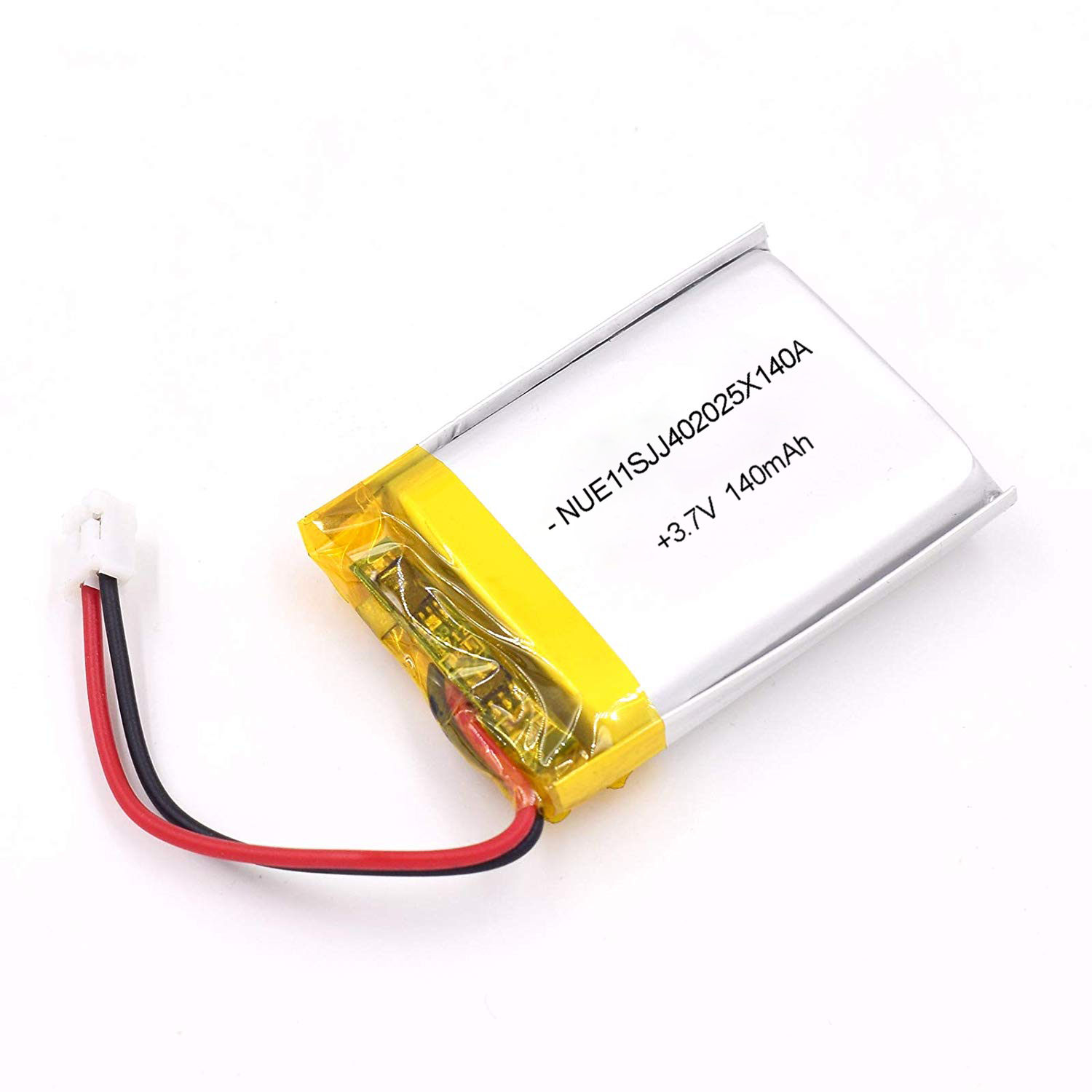If you have a laptop, chances are it is lithium-ion (Li-Ion) powered. This battery type VGP-BPS9A/B is used in various consumer electronics including PDAs and cell phones.
They now dominate the laptop battery market because they are much lighter than other types of battery-powered laptops, last longer than other technologies, and do not suffer from the memory effect phenomenon.
The cylindrical lithium ion battery computer also requires a protection circuit built into the battery to monitor the battery voltage to ensure safe levels and ensure the temperature of the Apple A1185 battery remains within a safe operating range.

The LithiumIon type has twice the energy density of a standard 17-inch Apple Macbook Pro nickel-cadmium battery. In addition, lithium-ion batteries have a cell voltage of 3.6 volts and 1.2 volts per cell.
However, the disadvantages of lithium-ion batteries are the possibility of damaged batteries running in poor conditions, they are more sensitive to high temperatures than other technologies.
Batteries can fail in their ability to hold power when fully discharged, and the legacy of battery chemistry deteriorates with age, in contrast to the strong correlation between damage and battery charge/discharge cycles in the elderly.
Cylindrical lithium-ion cells are typically tubular, similar to standard laptop batteries. Several cells are encased in a plastic case and each cell is connected to provide the correct output voltage and maximize storage capacity (estimated in milliamp hours).
Prismatic forms of lithium-ion are also available, but are much smaller in size and are often used in devices such as cell phones which are heavy and space-expensive.